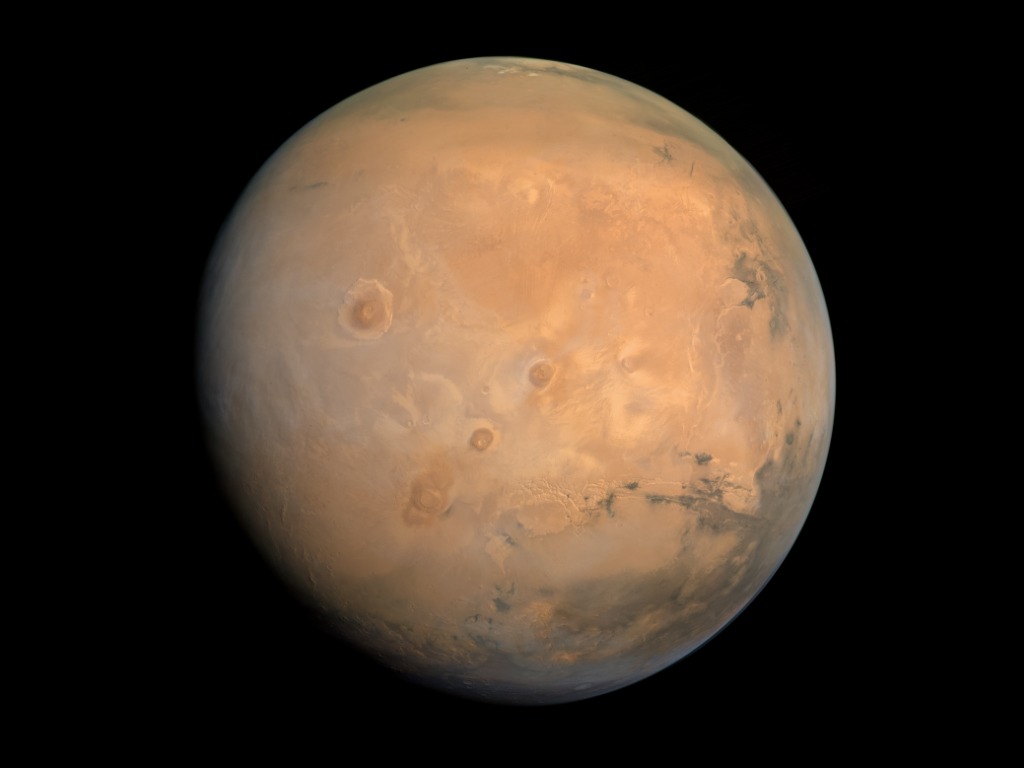
Terraforming
The search for exoplanets (now at 5662 as of 1 May 2024)
prompts the question of habitability. Is there life on any of these exoplanets?
If distant worlds that could support life are uninhabited, can these planets be
transformed to support human life? However, the problem of terraforming other
worlds tens of light years from earth is a only a thought experiment given the
time it would take to reach these worlds and the round-trip latency associated with
subsequent communications.
A more proximate question pertains to the terraforming of
Mars. The development of large launch capabilities like SpaceX’s Starship
motivate careful thinking on this topic. What is the right approach? Should the
first human visitors to Mars erect biospheres with the associated support
equipment? Or, perhaps robots should
scout the planet and perform the necessary site preparation to welcome the
first humans to the red planet?
A 2018 Cosmos article[1]
wondered whether cyanobacteria could be used to terraform Mars. Cyanobacteria
helped oxygenate the earth’s early atmosphere some 3 billion years ago. Perhaps
they could be enlisted for similar service on Mars. Of course, the small ice
caps, reduced sunlight, and lack of biogeochemical cycles complicate the situation.
Nevertheless, this intriguing possibility prompts several observations.
First, the topic of terraforming implies that it is possible
to terraform a planet. This is a design question. Designers consider alternative
approaches and model their effectiveness in accomplishing intended goals. Some approaches
may work well on certain planets but not on others. Lifting heavy equipment into
space may be a possibility for Mars, but a budgetary impossibility for a planet
circling Proxima Centauri. And some planets may not be habitable at all. They are
not within the habitable zone of their stars, they lack water, atmosphere, a
protecting moon, or a magnetic field. Flares from active stars may sterilize
life as it seeks a foothold on some distant world.
Second, the existence of these design choices implies the
existence of degrees of freedom. The designer has choices to make. No
particular solution is required, but some solutions will work better than
others. This prompts an interesting question regarding planet earth. Was life planted
on earth to terraform the planet? Or, did life evolve? Can we tell the
difference? How difficult is terraforming? If earth was terraformed, why did it
take so long?
Third is the question of ownership. If we terraform a world,
is it ours? For good or for ill, are we responsible for the changes we make to
another planet? If the earth was terraformed, does it have an owner? What does earth’s
owner expect from the life he planted here?
Image Credit: Kevin Gill from Los Angeles, CA, United
States, CC BY 2.0 <https://creativecommons.org/licenses/by/2.0>, via
Wikimedia Commons